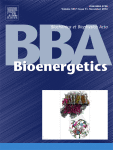I’m a lil ole skool, as all I had in the 90’s were VHO’s and a ICECAP 660…bulb choices were limited and my ugly brown hammers, bubble and brains grew and grew under 6500k and maybe a actintic …
I dunno but I don’t recall algae blooms under that reddish yellow light… maybe they got enough blue wavelength and all that red was just a waste …
I do challenge those that say full spectrum causes algae… to me that’s just dumb logic and misdirected blame
I dunno but I don’t recall algae blooms under that reddish yellow light… maybe they got enough blue wavelength and all that red was just a waste …
I do challenge those that say full spectrum causes algae… to me that’s just dumb logic and misdirected blame



















